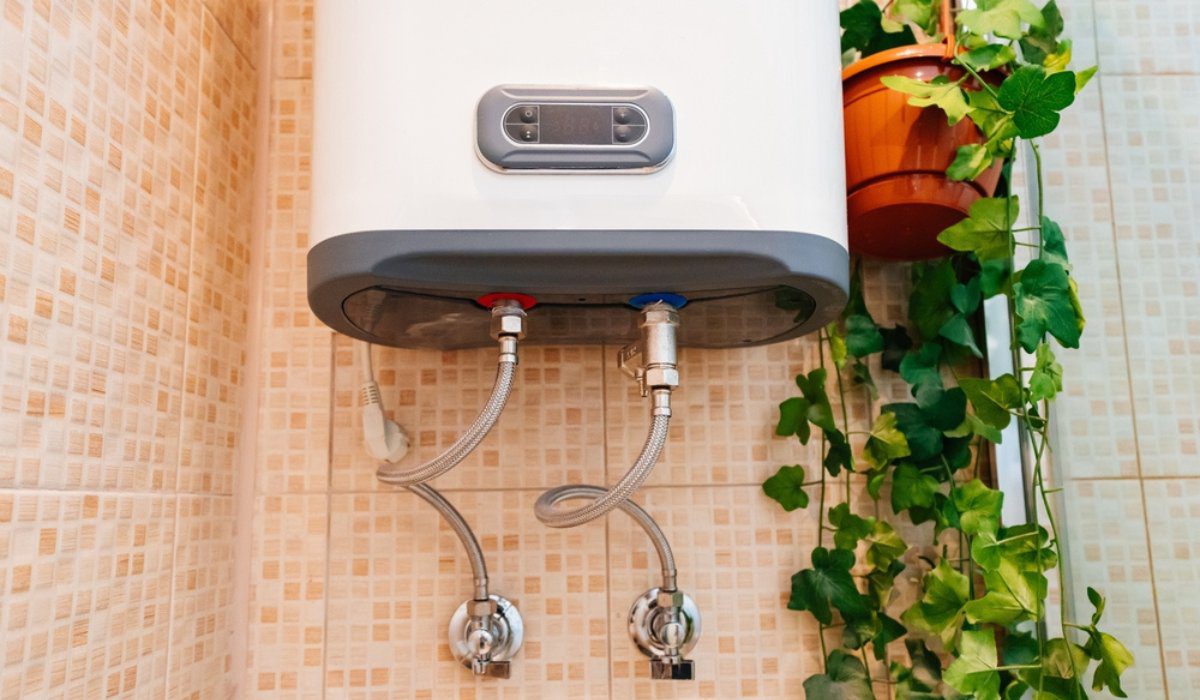They are making a few great points relating to Tips on Maintaining a Water Heater as a whole in this great article in the next paragraphs.

Warm water is important for everyday convenience, whether it's for a refreshing shower or washing recipes. To guarantee your warm water system runs efficiently and lasts much longer, regular maintenance is crucial. This write-up offers functional pointers and insights on exactly how to preserve your home's warm water system to avoid disruptions and expensive fixings.
Intro
Maintaining your home's hot water system could seem daunting, but with a few basic actions, you can guarantee it operates smoothly for many years to find. This overview covers every little thing from understanding your hot water system to DIY maintenance ideas and understanding when to call specialist aid.
Value of Keeping Your Warm Water System
Normal upkeep not just extends the lifespan of your hot water system but also ensures it operates effectively. Overlooking upkeep can cause decreased efficiency, higher energy bills, and also early failing of the system.
Indicators Your Warm Water System Demands Upkeep
Recognizing when your warm water system needs attention can prevent major issues. Look out for signs such as irregular water temperature level, odd noises from the heating unit, or rustic water.
Purging the Water Heater
Flushing your water heater removes sediment build-up, boosting performance and extending its life.
Checking and Replacing Anode Rods
Anode rods prevent deterioration inside the container. Examining and replacing them when worn out is important.
Complicated Concerns Needing Professional Help
Instances consist of major leaks, electric issues, or if your water heater is consistently underperforming.
Routine Specialist Maintenance Benefits
Specialist upkeep can include thorough evaluations, tune-ups, and guaranteeing conformity with security requirements.
Examining and Changing Temperature Settings
Readjusting the temperature level settings ensures ideal performance and safety and security.
DIY Tips for Maintenance
You can execute a number of maintenance jobs yourself to maintain your hot water system in leading condition.
Looking for Leaks
Routinely evaluate pipes and links for leaks, as these can bring about water damages and higher bills.
Recognizing Your Warm Water System
Before diving into upkeep jobs, it's useful to comprehend the fundamental components of your warm water system. Normally, this includes the water heater itself, pipelines, anode rods, and temperature level controls.
Month-to-month Maintenance Tasks
Regular month-to-month checks can assist catch small problems before they rise.
Evaluating Pressure Relief Valves
Examining the stress relief valve guarantees it works correctly and stops too much stress buildup.
Shielding Pipes
Shielding warm water pipes minimizes heat loss and can conserve energy.
When to Call a Specialist
While DIY upkeep is valuable, some problems require specialist knowledge.
Final thought
Regular maintenance of your home's warm water system is vital for efficiency, durability, and cost savings. By complying with these tips and recognizing when to seek expert aid, you can ensure a reliable supply of hot water without unforeseen disturbances.
How to Maintain an Instant Hot Water Heater
Before tinkering with your hot water heater, make sure that it’s not powered on. You also have to turn off the main circuit breaker and shut off the main gas line to prevent accidents. Also turn off the water valves connected to your unit to prevent water from flowing into and out of the appliance. 2. When you’re done, you have to detach the purge valves’ caps. These look like the letter “T” and are situated on either side of the water valves. Doing so will release any pressure that has accumulated inside the valves while at the same time avoid hot water from shooting out and burning your skin. 3. When the purge valves’ caps are removed, you have to connect your hosing lines to the valves. Your unit should have come with three hoses but if it didn’t, you can purchase these things from any hardware or home repair shops. You can also get them from retail stores that sell water heating systems. Read the user’s manual and follow it to complete this task properly. When the hosing lines are connected, open the purge port’s valves. 4. You should never use harsh chemical cleaners or solutions when cleaning your unit. Make use of white vinegar instead. It should be undiluted and you’ll probably use about 2 gallons. 5. Now flush your water heater. This task should probably take about 40 minutes. We can’t give you specific directions for this because the procedure is carried out depending on the type, model and brand of your heater. With that being said, refer to the user’s manual. 6. When you’re done draining the unit, you have to turn off the purge port valves again. Remove the hosing lines that you earlier installed on each of the water valves. Put the valve caps (purge port) back in their respective places and be very careful so as not to damage the rubber discs that are found inside these caps. 7. Now that everything’s back in place, check your user’s manual again to find out how to reactivate your water heating system. 8. Once it is working, turn one of your hot water faucets on just to let air pass through the heater’s water supply pipes. Leave the tap on until water flows smoothly out of it. https://www.orrplumbing.com/blog/2014/september/how-to-maintain-an-instant-hot-water-heater/

I stumbled upon that article about How to Maintain a Hot Water Heater in a Few Simple Steps while doing research the internet. Liked our content? Please share it. Let other people check it out. We value reading our article about Water Heater Maintenance Tips You Can't Afford to Forget.
Schedule And Pricing